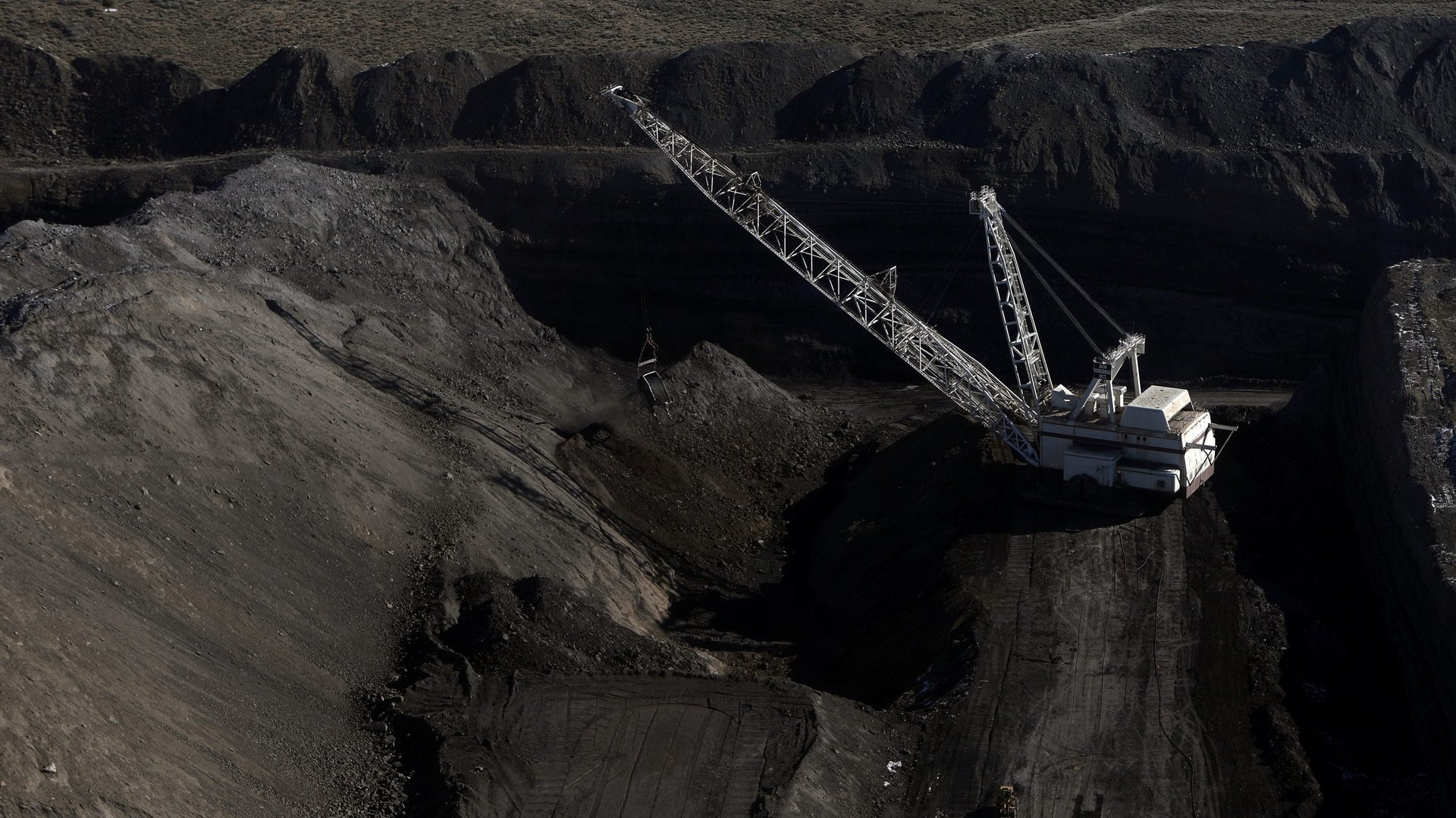50% of US coal jobs are in just 25 counties
In the drive to reduce coal use because of the harm that carbon emissions cause, it’s easy to dismiss the the pain of coal miners—especially when the US coal industry directly employs a relatively small number of people.


In the drive to reduce coal use because of the harm that carbon emissions cause, it’s easy to dismiss the the pain of coal miners—especially when the US coal industry directly employs a relatively small number of people.
But while the industry as a whole isn’t that large, job losses in the coal industry have an outsize effect, devastating coal towns (partly via multiplying effects). That’s because coal workers tend to be concentrated in small areas, around mines. Half of coal miners work in just 25 counties, according to a Quartz analysis of the latest US Energy Information Administration data. Those counties are in nine states: Alabama, Illinois, Indiana, Kentucky, New Mexico, Pennsylvania, Virginia, West Virginia, Wyoming.
Compare that to the US’s most dispersed workforce, gas station workers, where 50% of the employees work in 321 counties. Or restaurant employees, where 50% of the workforce is found in 120 counties, according to 2015 data from the Bureau of Labor statistics.
To get a sense of the vulnerability of coal-mining towns, consider this scenario: If 10,000 coal workers lost their jobs nationwide because of a new regulation—and those losses were proportionally distributed across the country—5,000 jobs would be lost in those 25 areas, an average of 200 jobs per county. If a similarly destructive regulation hit gas stations, the 5,000 jobs lost would surface as less than 16 per county.
Of course there are many more gas station jobs than coal mining jobs in the US. But even with a similarly sized industry, coal dominance holds. Florists employ around the same amount of people as coal mines. For florists, however, those 5,000 jobs would be lost at a rate of 36 per county.
When coal workers lose their jobs, it can put tremendous stress on the local economies, since layoffs represent an outsized portion of the working population in those areas. On average, coal miners represent 52 of every 1,000 people in the counties where 50% of the workforce is found. For gas stations the figure is 6. For florists it’s 0.5.
By this metric, coal mining is a more important industry to the economy of the counties that it exists in than nearly all other industries.
But unlike these other industries, coal mining is significantly more concentrated.
Industries where most of the employment is found in fewer counties than coal mining include movie making, management of public figures, sound recording, and financial market brokers: urban industries where those jobs make up only a small portion of county-wide employment. Two exceptions are “Support activities for crop production” where 50% of the jobs are in nine counties, and fruit and nut tree farming, where they’re found in 12.
A note on the data: The BLS data is derived from employer payments to unemployment insurance programs, which allows for a complete enumeration of nearly every legal wage and job in every county in America.
In some cases, figures are suppressed by the BLS to protect confidentiality. If an employer is the only member of its industry in a county, its employment totals are not published. That could make an industry appear less dense than it actually is. (However if that employer did not employ more people in that county than the industry median, it would have no effect on our calculations.) We limited our analysis to industries where the BLS suppressed less than 20% of the industry’s employment data and in the case of coal, where there was a suitable replacement.